(ThyBlackMan.com) Although the dictionary calls it archaic, the “management of a household” is one of the definitions listed for the word “economy.” Another definition is “a saving or attempt to reduce expenditures.” Yet another is “a system of interacting elements, especially when seen as being harmonious.” And still another definition for economy has to do with “the production and consumption of goods and services of a community regarded as a whole.” As I look at those descriptions of an economy, only the last one partially applies to Black Americans collectively, and that’s the “consumption” part.
Every five years the U.S. Census does a survey to determine how many businesses there are in this country, who owns them, how many persons they employ, and what their annual revenues are. The figures for 2007, while lauded for the increase in the number of Black owned businesses, revealed decreasing revenues for Black businesses, relatively few employees, and a vast majority of them in the service industry.
The 2007 census revealed total receipts for Black owned businesses to be less than $136 billion which, when juxtaposed against an aggregate “Black buying power” during that period of approximately $850 billion, illuminated a lack of business growth and a glut of consumer spending. The average gross receipts for Black firms as a whole fell 3%, from $74,000 per firm in 2002 to $72,000 per firm in 2007. Furthermore, a whopping 87% of Black businesses had annual receipts of less than $50,000 in that time period. Other statistics disclosed low savings among African Americans and a grossly disparate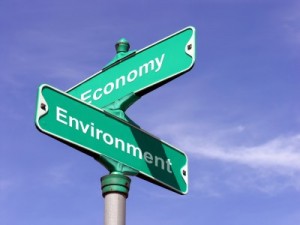 median income and net worth when compared to other ethnic groups.
median income and net worth when compared to other ethnic groups.
The University of Georgia’s Selig Center for Economic Growth estimates that the nation’s “Black buying power” is rising from $1.038 trillion in 2012 to a projected $1.307 trillion in 2017. The 2012 U.S. Census data will likely reveal a bump in business receipts, but the total will probably be less than $175 billion. Median income, net worth, and savings disparities will likely stay the same and the mythical Black economy will trudge along like a brand new, twelve-cylinder, state-of-the-art, top-of-the-line automobile running on only 6 of those 12 cylinders. We will definitely be looking good, but we sure won’t be doing good (pardon my grammar).
That’s essentially how we are as consumers. We look real good, but when it comes to how we are doing, that’s another story. Maybe one of the reasons for that can be found in some of our consumption statistics. A few years back, the Selig Center reported that Blacks spend more on telephone services, children’s apparel, electricity and natural gas, and guess what, footwear. Today, I’m sure hair (someone else’s) is in the top five.
How do we measure up in business? In his book, Black Bourgeoisie, E. Franklin Frazier stated, “[Black] business enterprises come within the definition of small businesses; in fact, they fall within the lowest category of small businesses. When the first study was made of Negro business in 1898, it was found that the average capital investment for the 1,906 businesses giving information amounted to only $4,600.00. When the latest study of Negro business was made in 1944, it was revealed that the average volume of business of the 3,866 Negro businesses in twelve cities was only $3,260.00.”
Was Frazier correct in his assessment of what he deemed the mythical nature of Black business? Was he correct when he suggested the Black middle class was also a myth? He made a lot of folks angry when he wrote, “Negro business … has no significance in the American economy, [and] has become a social myth embodying the aspirations of this [Black Bourgeoisie] class.” As we look at today’s statistics we must reconsider Franklin’s position, because the numbers reflect the same conditions he discussed in 1957.
Frazier was decrying our definition of “middle class” as one that embodies high incomes and material possessions, e.g., the mink coats, diamonds, and Cadillacs to which he referred, instead of business ownership and economic growth. While we consider the trappings of the good life as “wealth,” sold to us by everyone else of course, we are mired in a dysfunctional – and maybe even mythical — Black economy.
Much of our economic pain in the 21st century is the direct result of our failure to develop a real Black economy, our failure to take care of our collective “household,” our failure to save more of our money, our failure to support our own businesses, and our failure to produce goods and services commensurate with our percentage of population and income. Additionally, we have failed to work together for the uplift of the masses, sharing our resources with one another and helping one another as we make our way individually.
The so-called “middle-class” Blacks have distanced themselves, not necessarily physically but mentally, and as Frazier wrote, they have been obsessed “with the struggle for status.” And many of the less fortunate among our people spend too much time being jealous and envious of our brothers and sisters who have achieved at higher levels. The result is an oxymoronic “Black economy.”
Written By James E. Clingman
Official website; http://www.blackonomics.com/
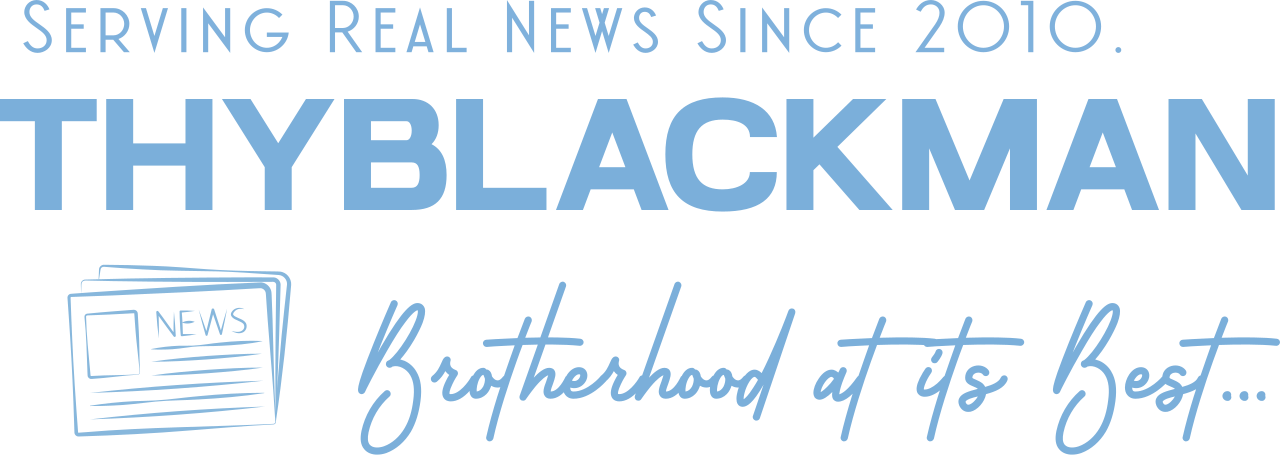











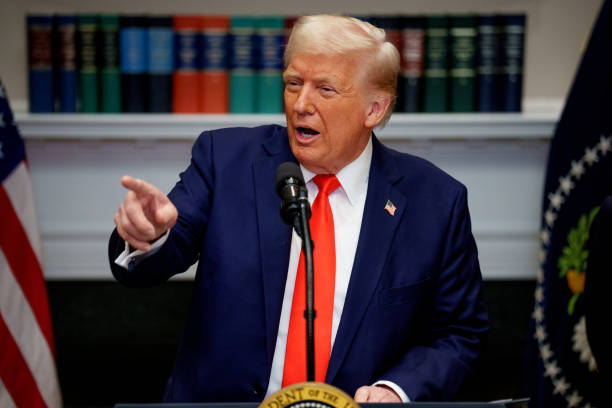
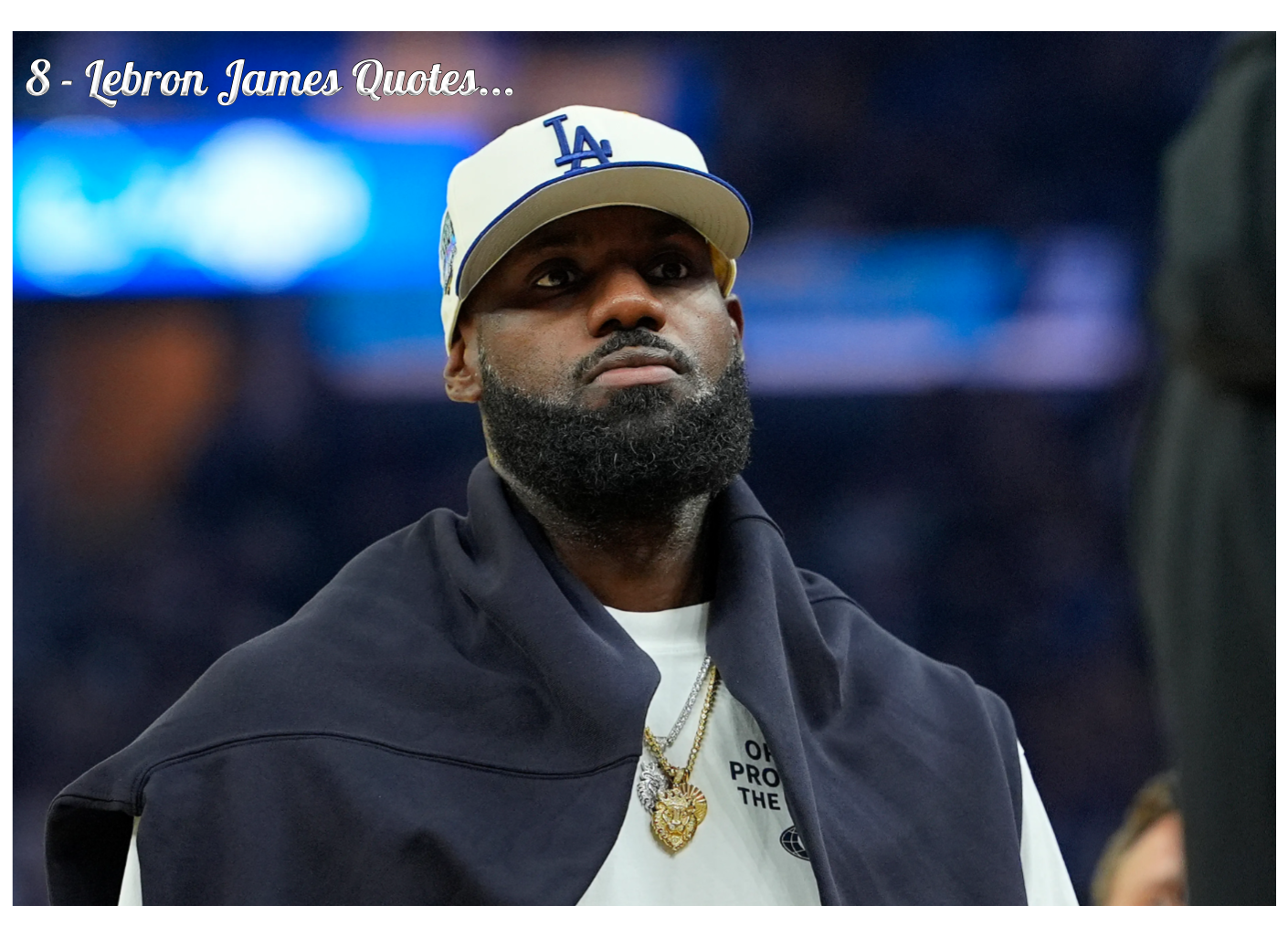

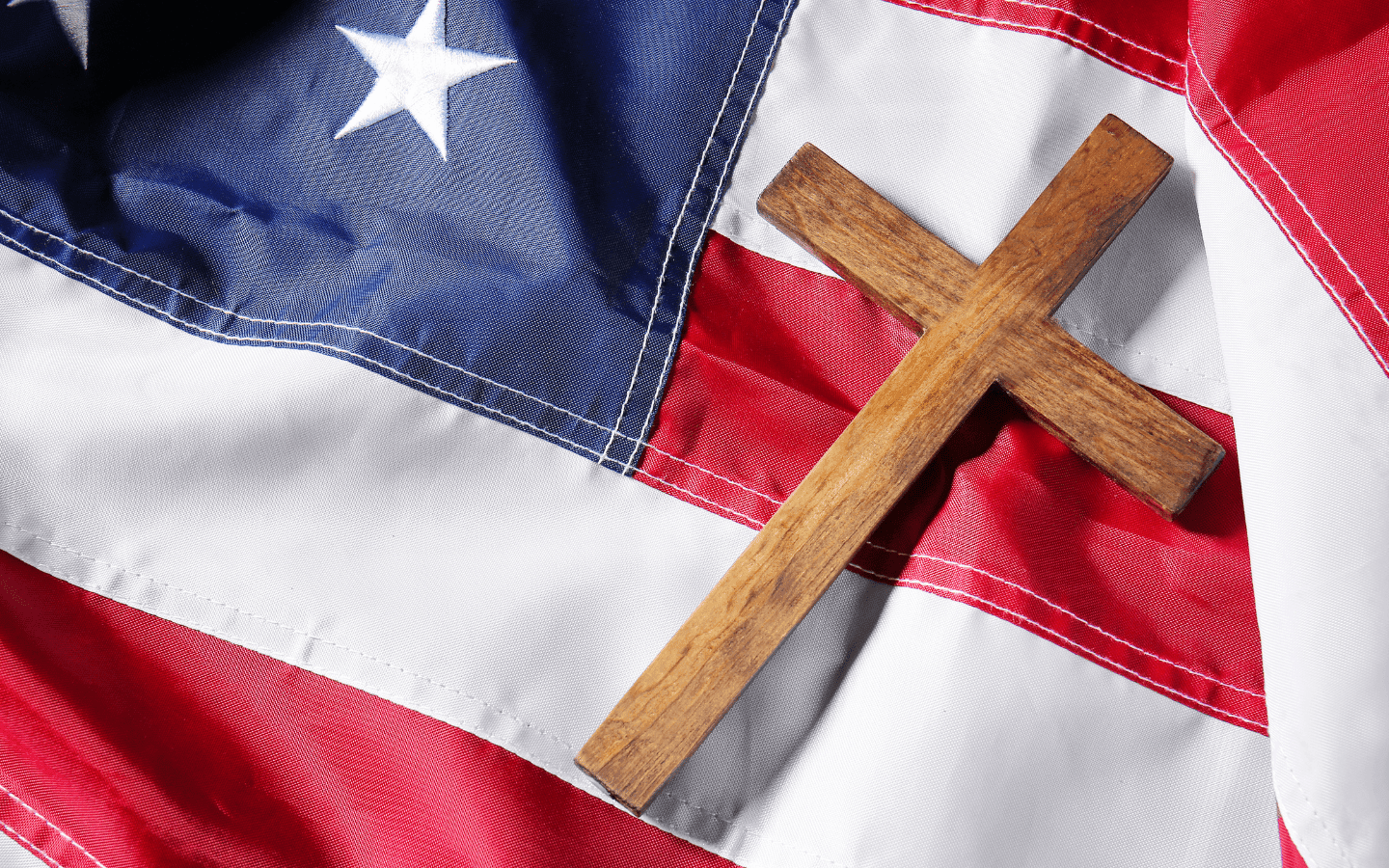
Sure we will Ulo.
The real economy is the exponential growth of the haves and have nots. Collectively, black folks won’t move towards economic unity. The class structure among the working class, middle-class and wealthy is too severe to overcome.
The reality is everyone for their own self-interest.
http://m.youtube.com/#/watch?v=fAZJzV4zn5g
James, great stats. I don’t think all is negative though. You have to do a trend analysis from 1997 to 2007 to get a clear picture. One of the reasons that the overall firm receipts dropped for Black businesses (as they did for all ethnic groups) is due to the fact that the rate of business ownership increased.
from 1997 to 2007 Black businesses increased by 134% which exceeded any other ethnic group by far. This came along with the average gross receipt decline (which is normal if you increase start ups) and the average employee per firm diminishing.
Couple this with the fact that between 1997 and 2007 you had the 2000 recession and you can see that Blacks are increasingly turning to entrepreneurship.
That being said there needs to be a catalyst in our paradigm towards new models of economic development.
For one, while we do have 1 Trillion is purchasing power, that is distinct from economic power in that research shows we recycle the dollar less than 1 time in our community with the next lowest ethnic group (Hispanics) recycling it at least three. Because of both scaled up businesses and lack of business density, the ability to recycle the dollar is a challenge and it isn’t simply the fault of the Black consumer. When you lower incomes, the ability to purchase higher cost goods from shops that can achieve no economies of scale is tough.
Some of it does absolutely come down to financial literacy and behavioral economics though for sure.
When you discuss wealth disparity, two things must be remembered. The top two wealth producing assets are home ownership and business ownership. So in effect, we are in a vicious cycle of low capitalization and limited net worth for businesses to be capitalized. This then causes us to disproportionately start small businesses in service industries that have low entry cost and less capacity to scale.
But we can change this and I don’t think it will take to long from an economic development standpoint.
I love your stuff, keep writing the fire.